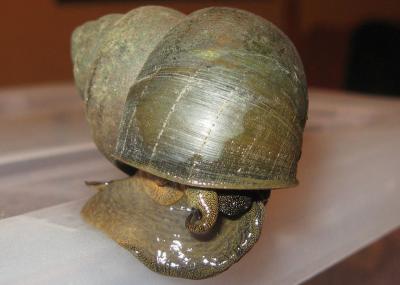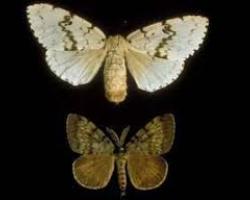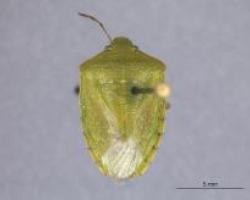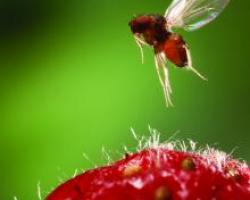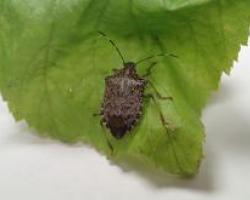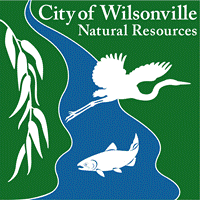Integrated Pest Management
The City of Wilsonville recognizes the importance of sound environmental stewardship and is committed to optimizing management practices to protect the people and the environment within and surrounding facilities, parks, and infrastructure maintained by City staff.
Pests can be a troublesome and persistent problem. Choosing the appropriate response requires careful planning and implementation to ensure a successful result. Whether the targeted pest is a plant, insect, or animal, the City’s response takes into account public safety, environmental health and available resources.
Integrated Pest Management (IPM) offers a broad-based approach that relies on a combination of common-sense practices. An IPM Plan identifies management areas and key pests of concern and outlines approaches mindful of pest biology and the resources of the responsible organization while minimizing the risk associated with pest management.
The goals for selecting treatment principles and developing pest management strategies include:
- Preservation of the natural system, including pollinator habitat
- Emphasize practices to minimize risk to human health
- Reduce and eliminate, where possible, chemical pest control treatments
- Ensure cost-effectiveness in the short and long term, and
- Evaluate the efficacy of the integrated pest management
The City of Wilsonville adopted the Integrated Pest Management (IPM) plan in 2018. Refer to the annual reports below to review program goals, best management actions, and common pests.
Invasive Plant Control
An invasive species is introduced to the region by an outside source (such as animals and humans). Not all non-native species are invasive; a species is invasive when it outcompetes native species through aggressive behavior. Invasive species can include plants, animals or insects. English Ivy and Nutria are examples.
Invasive species can displace native species, and have the potential to significantly alter local ecosystems. Examples of invasive species that can be found in Wilsonville include: Himalayan blackberry, English ivy, nutria, and European starlings.
Each year the City of Wilsonville hires a company that provides goats to browse areas that have been overgrown by invasive plant species. In Memorial Park, English Ivy is an aggressive opponent for the native plants. Goats have an especially strong digestive system that allows them to eat nearly any organic substance. The goats browse indiscriminately. This means that both the English Ivy and the good vegetation will also be eaten. After years of testing and monitoring, the city has observed the successful return of native species to the targeted areas. Follow up treatment such as hand pulling, spraying and cutting of invasive species compliment the work done by the goats. Returning to the same site ensures continued supression of invasive plants.
For more information about Oregon Invasive Species, go to the Oregon Invasive Species Council web page https://www.oregoninvasivespeciescouncil.org/ . Their mission is to protect Oregon's natural resources and economy by planning and leading a coordinated and comprehensive campaign to prevent the introduction of invasive species and eradicate, contain or manage existing invasive species in Oregon.





